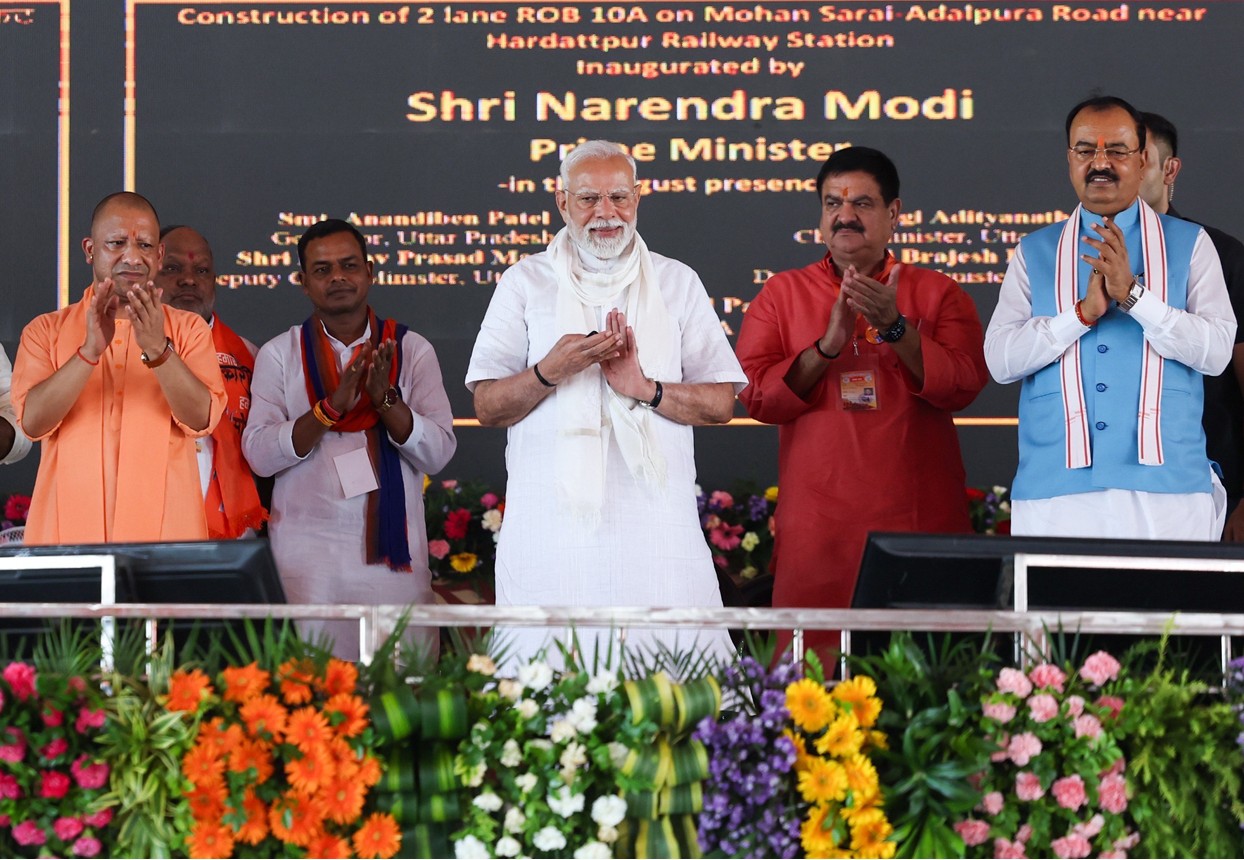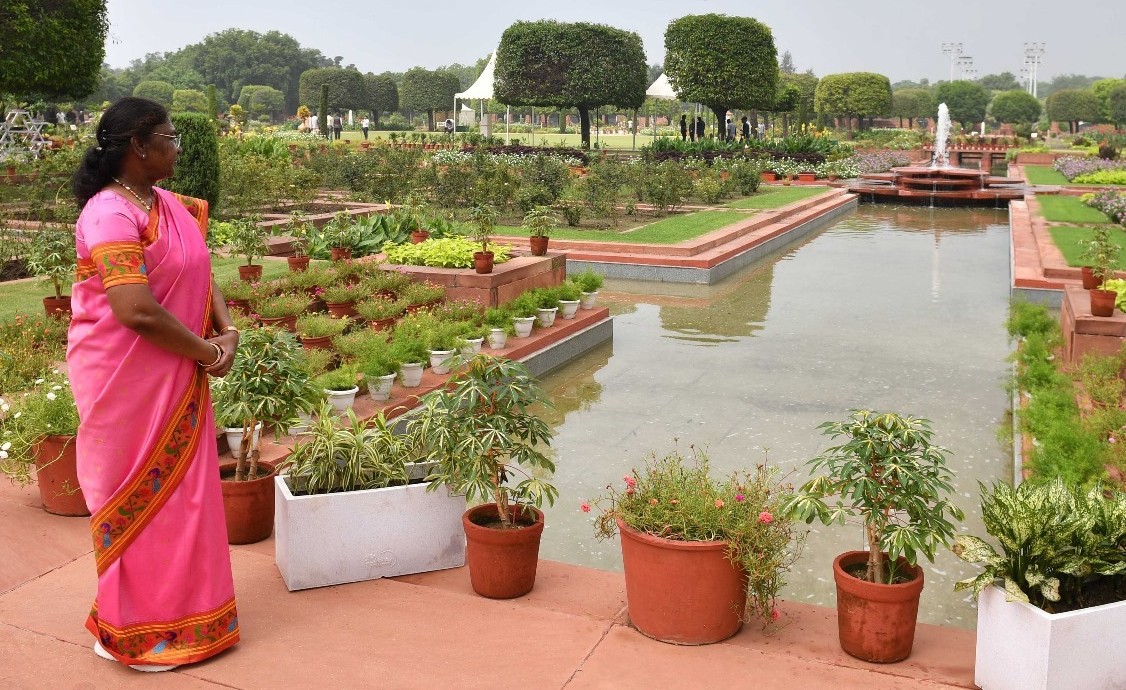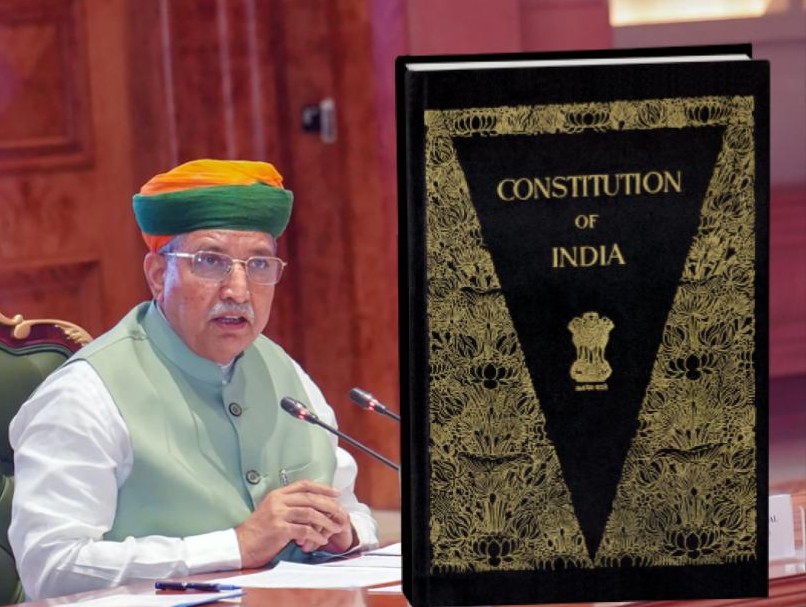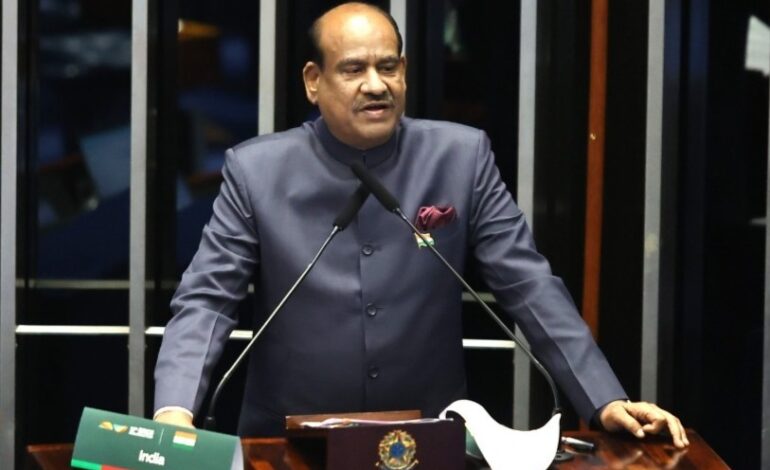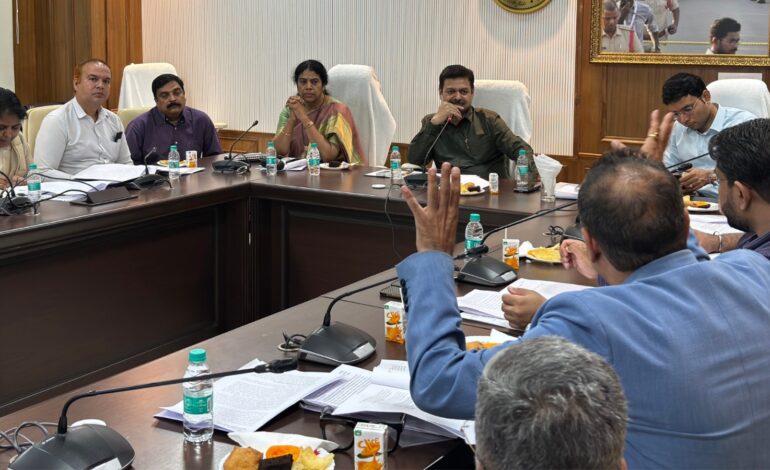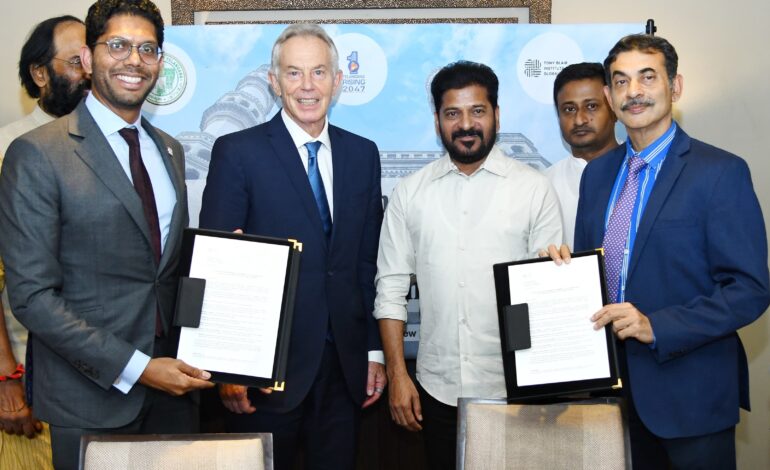Union Minister Prahlad Joshi Applauds IISc’s Breakthrough in Producing Green Hydrogen from Agricultural Waste
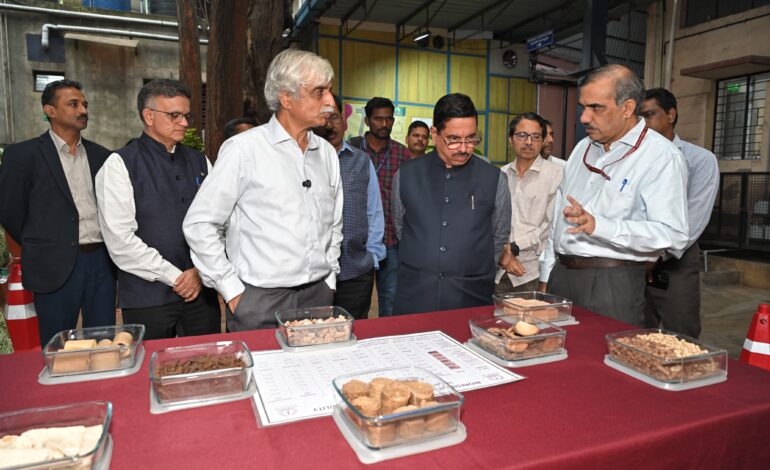
Bengaluru, July 19: Union Minister for New and Renewable Energy Prahlad Joshi on Friday lauded the Indian Institute of Science (IISc), Bengaluru, for developing an innovative system that produces green hydrogen from agricultural bio-waste, calling it a significant step toward India’s self-reliant clean energy future. The minister was addressing faculty, researchers, and industry leaders during a visit to the campus.
Joshi described the breakthrough as both a national and global achievement, highlighting that the bio-waste-based hydrogen system—developed by Professor Dasappa and his team—can generate 5 kilograms of over 99% pure hydrogen per hour. He noted that the process not only provides a clean fuel alternative but also contributes to carbon reduction, with each kilogram of hydrogen removing more than one kilogram of CO₂ from the atmosphere.
“This is a truly self-sufficient innovation. It transforms agricultural waste, which would otherwise emit methane or be burned, into an environmentally friendly fuel. It exemplifies how fundamental science can evolve into impactful technology,” said Joshi.
A Boost for the National Green Hydrogen Mission
Linking the innovation to the National Green Hydrogen Mission (NGHM)—launched with an outlay of ₹19,744 crore—the minister emphasized its alignment with India’s broader green energy goals. The mission aims for:
5 million metric tons of annual green hydrogen production
125 GW of additional renewable energy capacity
₹8 lakh crore in total investments
6 lakh jobs
50 million metric tons of annual CO₂ emission reductions
He also shared updates on recent allocations under the mission, including 3,000 MW electrolyzer capacity and 8.6 lakh tons of green hydrogen production.
Four Challenges for the Scientific Community
While celebrating the innovation, the minister outlined four strategic challenges for India’s scientific and educational institutions:
Hydrogen Storage Solutions:
Joshi called for focused R&D on safe and efficient storage of hydrogen, which remains one of the biggest technical challenges in its widespread adoption.
Cost Reduction in Electrolysis Systems:
Highlighting the need to reduce dependence on subsidies, he urged the Center for Nano Science and Engineering (CeNSE) at IISc to develop next-generation, low-cost electrolysis technologies using advanced nanomaterials.
Affordable Hydrogen Vehicles and Fuel Infrastructure:
He emphasized the need to reduce the cost of hydrogen-powered vehicles and expand hydrogen fuel refuelling infrastructure. He noted that five pilot projects are already underway, covering 37 hydrogen vehicles and 9 refuelling centres.
Reducing the Cost of Green Hydrogen:
Joshi reiterated the goal of bringing down the cost of green hydrogen from the current ₹300–400 per kg to ₹100, echoing the national target of $1/kg by 2030 set by G20 Sherpa Amitabh Kant.
Support for Scaling Up
Concluding his address, the minister assured full support from the Ministry of New and Renewable Energy for pilot projects, financial assistance, and industrial partnerships to scale such innovations. “Let us make India a global leader in affordable, sustainable hydrogen technology,” he said.
The visit underlined IISc’s pivotal role in India’s green energy transition and its potential to anchor the nation’s ambitions in the emerging global hydrogen economy.

